Printable Glycemic Index Chart
Printable Glycemic Index Chart - Foods with high glycemic index values tend to raise blood sugar higher, faster and for a longer time than do foods with lower values. For instance a food with a glycemic index of 30 doesn’t raise the blood glucose that much at all , but gi doesn’t consider how big the serving size is or how much you eat. Foods with a low gi typically release sugar slowly when consumed, causing a slower increase in blood sugar. 8 grams of available carbohydrates. Low gi (55 or less) choose most often. S index alone,since most of it is f. A 1⁄2 cup serving has about. Medium gi (56 to 69) choose less often. Is a sign of the quality of carbohydrates in the food. Web the glycemic index classifies foods that contain carbohydrates according to their potential to raise blood sugar. The lower a food is on the gi, the lower the effect on your blood sugar. Web the glycemic index classifies foods that contain carbohydrates according to their potential to raise blood sugar. Web glycemic index chart. Anwhy a are these num. There are three gi categories: Web this page provides a comprehensive gi index chart and their corresponding glycemic index and glycemic load values for easy reference. Web understanding the food chart. You will notice the food chart below has either low, moderate or high. Web the glycemic index (gi) is a measure of the effect carbohydrates have on blood glucose levels. Foods with high glycemic. Also known as blood sugar, blood glucose levels above normal are toxic and can cause blindness, kidney failure, or increase cardiovascular risk. A low gi is a sign of better quality. Web the glycemic index (gi) is a scale that ranks a. Red = stop and think. High gi = greater than 70. These foods raise blood sugar levels slowly, and control insulin resistance and diabetes complications. (gi) is a measure of how fast a food raises the blood sugar level. Web the glycemic index classifies foods that contain carbohydrates according to their potential to raise blood sugar. There are three gi categories: Web the glycemic index chart below uses a scale of. 71 x 8 = 568 / 100 = 5.7 glycemic load. Low gi (55 or less) choose most often. • the glycemic index for raw carrots is 71. Web glycemic load = glycemic index x grams carbohydrate / 100. Web updated on october 4, 2021. Also known as blood sugar, blood glucose levels above normal are toxic and can cause blindness, kidney failure, or increase cardiovascular risk. The glycemic index is a value assigned to foods based on how slowly or how quickly those foods cause increases in blood glucose levels. S index alone,since most of it is f. Low gi (55 or less) choose. Low glycemic foods have a slower, smaller effect. Understanding the gi values of specific foods can help reduce harmful spikes in blood sugar, as sugars and carbohydrates are broken down and your metabolism releases insulin to aid in digestion. Also known as blood sugar, blood glucose levels above normal are toxic and can cause blindness, kidney failure, or increase cardiovascular. (gi) is a measure of how fast a food raises the blood sugar level. The glycemic index is a value assigned to foods based on how slowly or how quickly those foods cause increases in blood glucose levels. Also known as blood sugar, blood glucose levels above normal are toxic and can cause blindness, kidney failure, or increase cardiovascular risk.. 71 x 8 = 568 / 100 = 5.7 glycemic load. These foods raise blood sugar levels slowly, and control insulin resistance and diabetes complications. Web the glycemic index chart below uses a scale of 1 to 100 for glycemic index and 1 to 50 for glycemic load values, glucose having the highest gi value of 100 and gl of. Low gi = under 55. Glycemic index values were developed by a rigorous testing process using 10 or more people for each food. The glycemic index is a value assigned to foods based on how slowly or how quickly those foods cause increases in blood glucose levels. You will notice the food chart below has either low, moderate or high.. Web updated on october 4, 2021. Web to help you find out, check the table on the following pages, which list the glycemic index number of 100 commonly eaten carbs. In watermelon, of only how watermel. Thus watermelon's example, has a high however, a of carbohydrate a gi glycemic value indicates gl glycemic load is relatively low. 8 grams of available carbohydrates. Also known as blood sugar, blood glucose levels above normal are toxic and can cause blindness, kidney failure, or increase cardiovascular risk. Web glycemic index chart. You will notice the food chart below has either low, moderate or high. Web glycemic load = glycemic index x grams carbohydrate / 100. Foods with high glycemic index values tend to raise blood sugar higher, faster and for a longer time than do foods with lower values. High gi = greater than 70. The glycemic index is a value assigned to foods based on how slowly or how quickly those foods cause increases in blood glucose levels. Also known as blood sugar, blood glucose levels above normal are toxic and can cause blindness, kidney failure, or increase cardiovascular risk. S index alone,since most of it is f. 71 x 8 = 568 / 100 = 5.7 glycemic load. How glycemic index is measured.
Printable Glycemic Index Chart, Image Search Glycemic index, Glycemic
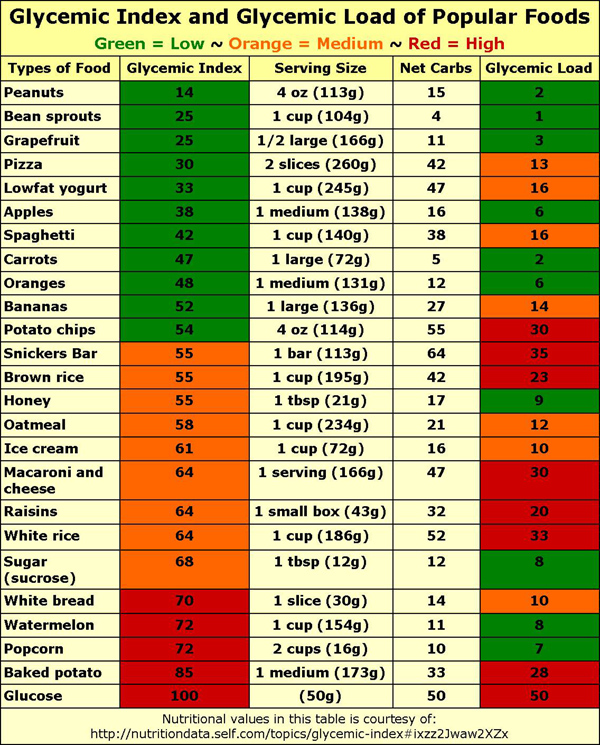
Low Glycemic Index Foods The Safe Route Avoiding Pitfalls
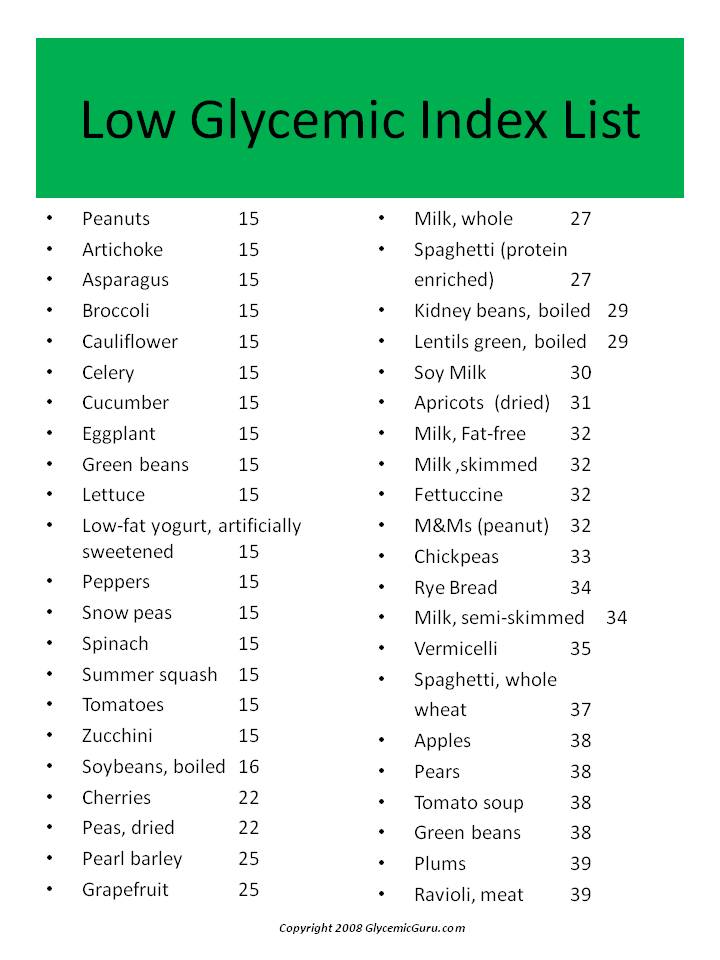
Simple Low Glycemic Index List to Make Wise Food Choices!

What is Glycemic Index & Glycemic Load? Low GI foods and Weight Loss
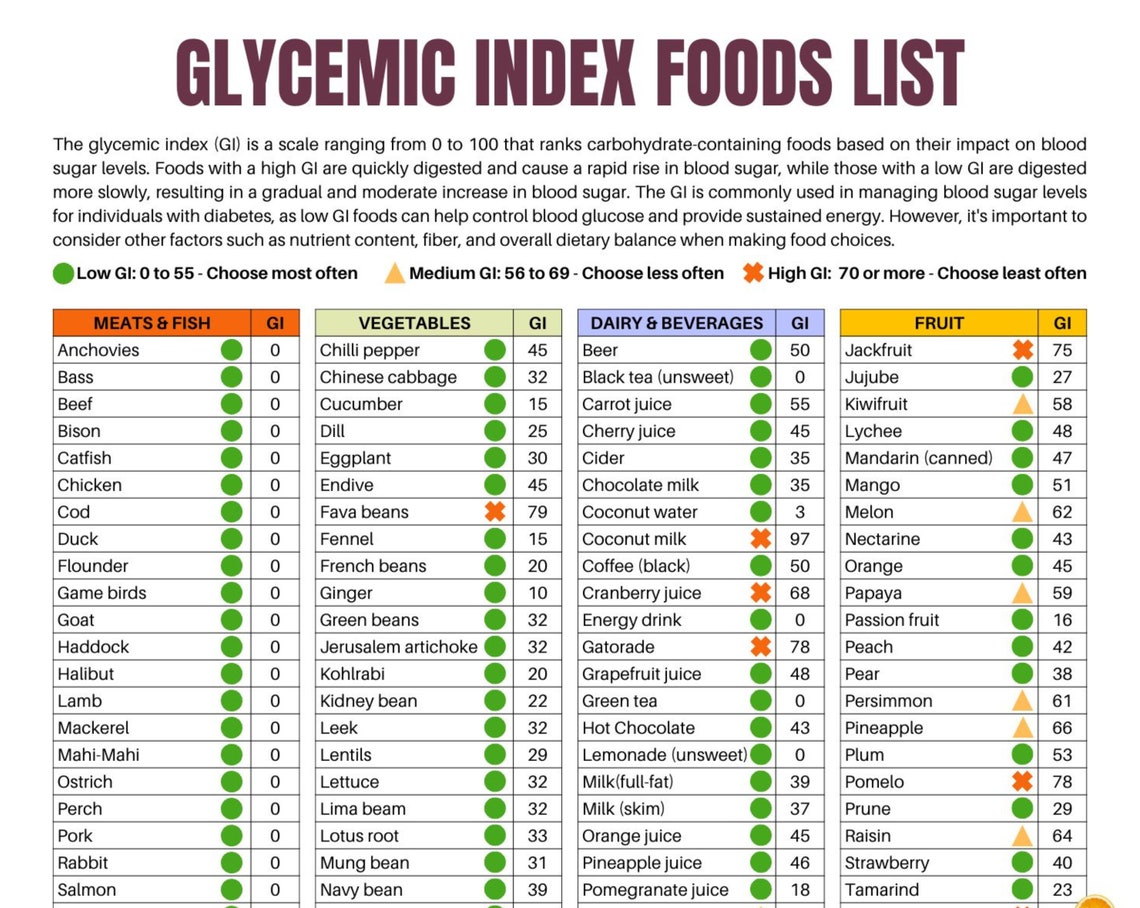
Glycemic Index Foods List Ataglance 2 Page Pdf PRINTABLE Etsy Australia

Pin on Glycemic index
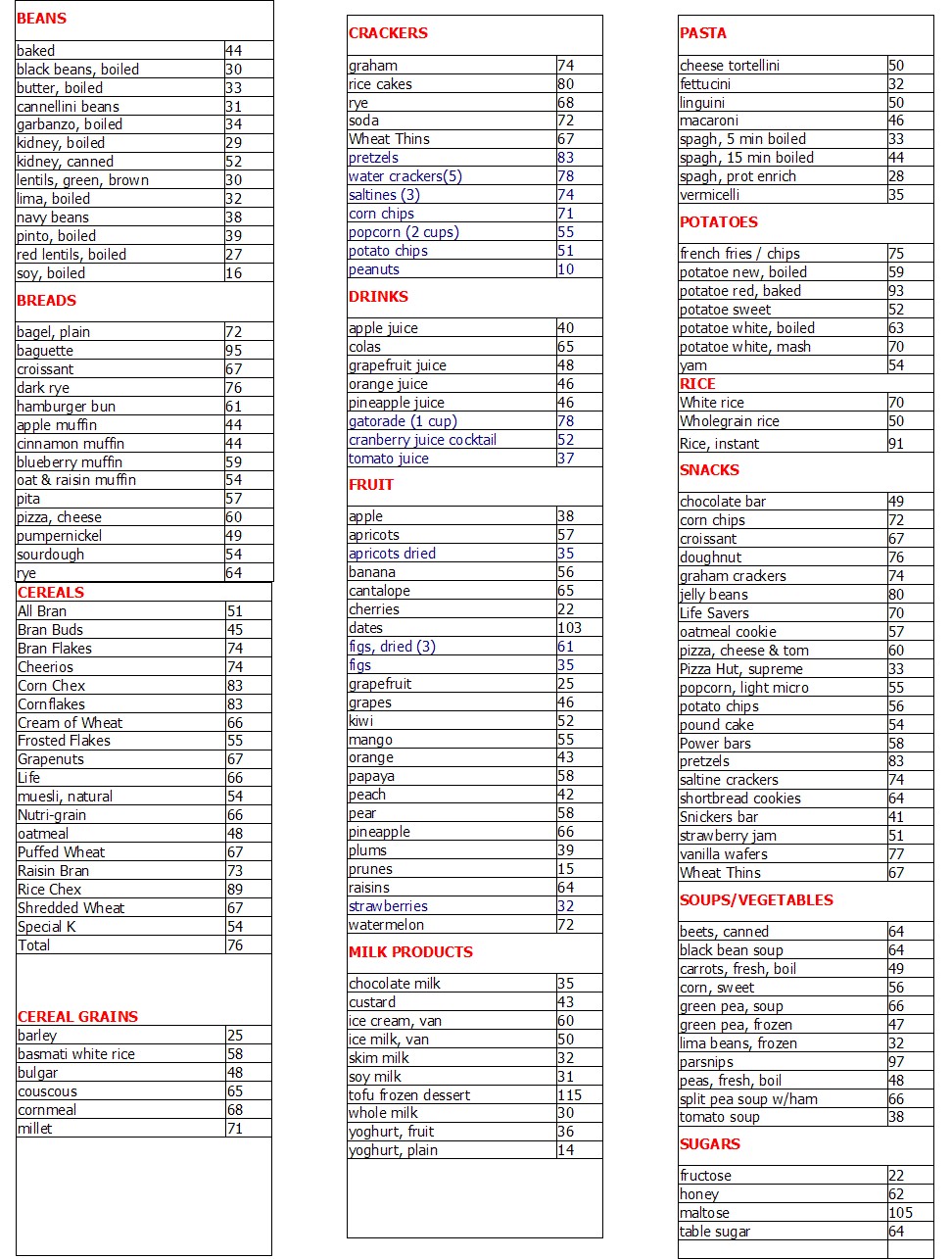
glycemic index chart TOP GOAL

GI Of Food Chart 20 Free PDF Printables Printablee
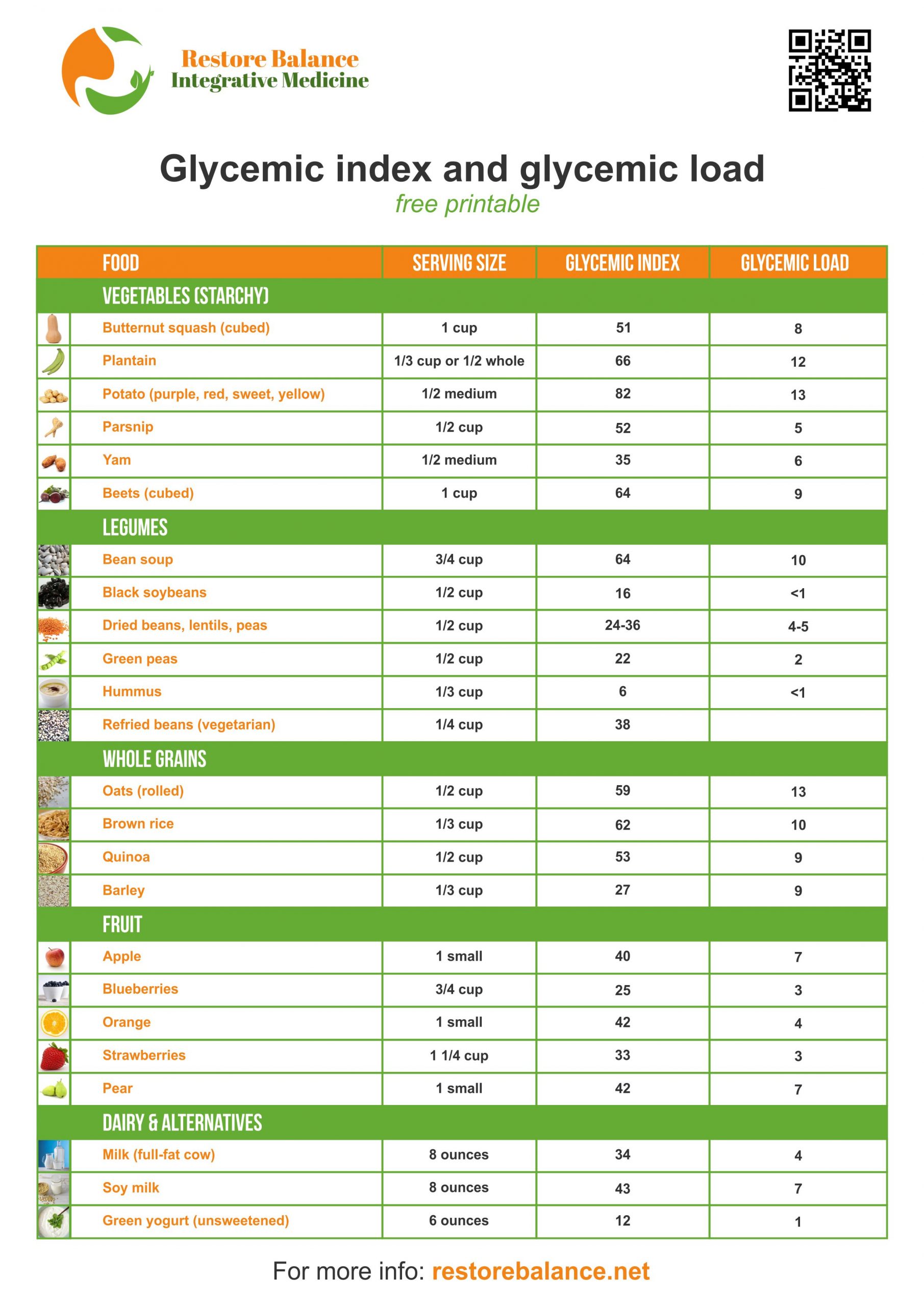
Glycemic index and glycemic load free printable Restore Balance

GI Of Food Chart 20 Free PDF Printables Printablee
Is A Sign Of The Quality Of Carbohydrates In The Food.
Glycemic Index And Glycemic Load.
Web The Glycemic Index Chart Below Uses A Scale Of 1 To 100 For Glycemic Index And 1 To 50 For Glycemic Load Values, Glucose Having The Highest Gi Value Of 100 And Gl Of 50.
The Lower A Food Is On The Gi, The Lower The Effect On Your Blood Sugar.
Related Post: